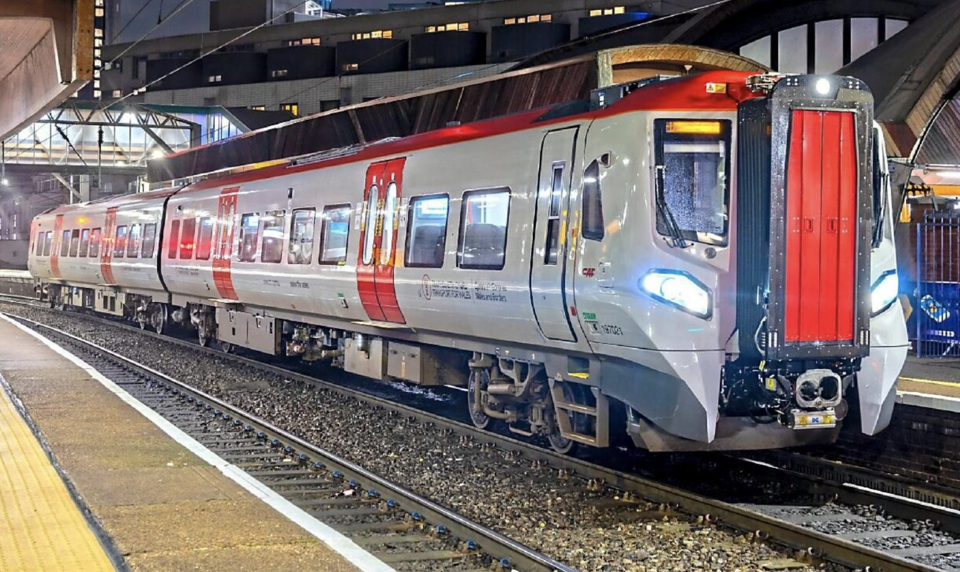Doing a CAF Class 197 train test so soon after a Class 196 (RAIL 980) might seem a little pointless. Indeed, I had reservations as to whether there would be any major noticeable differences, but despite some similarities (many, in fact), the reality is there is more than enough to differentiate the two fleets.
Both the ‘196s’ and ‘197s’ were signed off for use by the Office of Rail and Road early in 2022, but it was not until October that they entered traffic.
Transport for Wales opted for a very low key introduction - no press event, no stakeholder handover, a simple case of a two-car Class 197/0 going into traffic on the Llandudno-Blaenau Ffestiniog branch in early November. (I'm told this was because TfW hierarchy wanted the first run to be wholly within Wales.)
TfW has ordered 51 two-car Class 197/0s and 26 three-car Class 197/1 sets to replace Class 150/153/158/170/175 diesel multiple units - some of which will then be cascaded elsewhere, while some of the older ex-BR units are most likely to be withdrawn (although some, especially the ‘158s’, may yet be rehomed).
197022-041 will be fitted with European Rail Traffic Management System (ERTMS) technology to operate on the Cambrian lines (replacing similarly-fitted Class 158s), while 197113-126 have First Class seating and will be used on the Swansea-Manchester route, with 197101-112 having Standard Class seats only.
So, within the 77 units, there are four main fleets: two-car Cambrian units; two-car general use units; three-car general use units; and the three-car ‘inter-city’ (or longer-distance) units.
The first route to benefit from the new trains was the Conwy Valley line - asensible route on which to bed them in, as any issues would most likely have a lesser impact on the rest of the railway. The duty did also feature the units running in passenger service back to Chester each evening.
Since my test, they have started to appear elsewhere on the TfW network. And as more units are accepted and more drivers and crews trained on them, it is only a matter of time before they increasingly appear on the Marches, in South Wales, and elsewhere.
Read this feature in full in RAIL issue 981 here
To read all our magazine articles, choose from either a Digital Edition Membership from just 99p for your first month, or a Print & Digital Edition package from just £9.50 per month. Choose your Membership here


















Login to comment
Comments
No comments have been made yet.